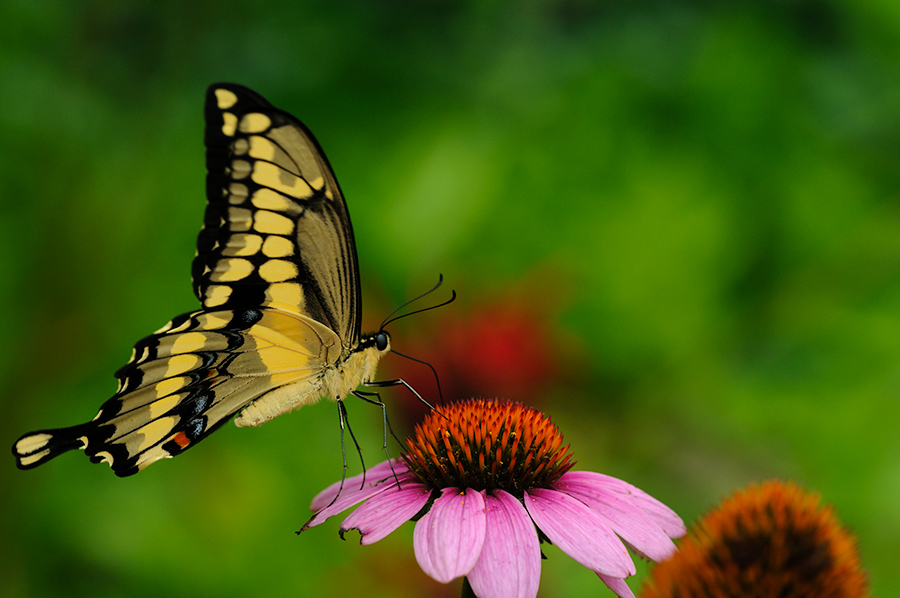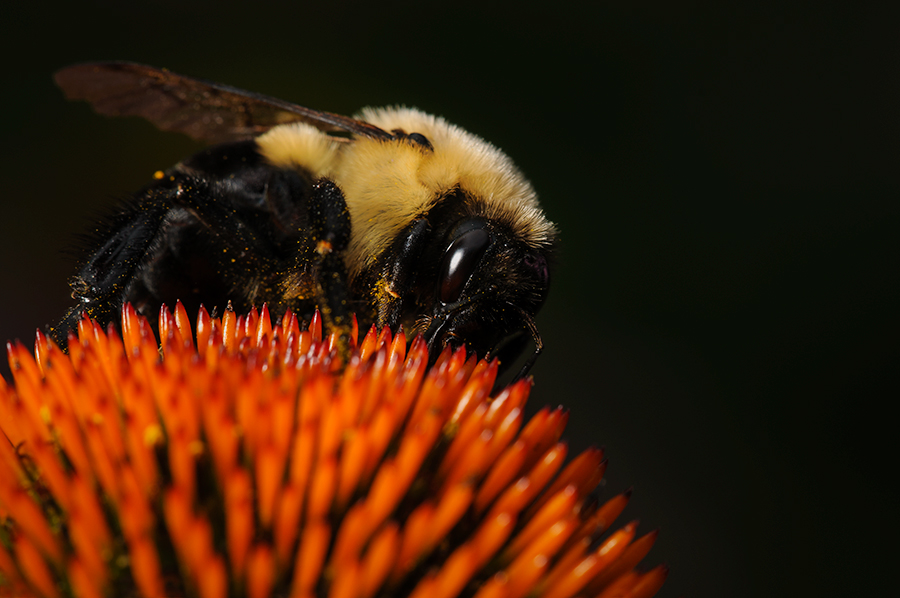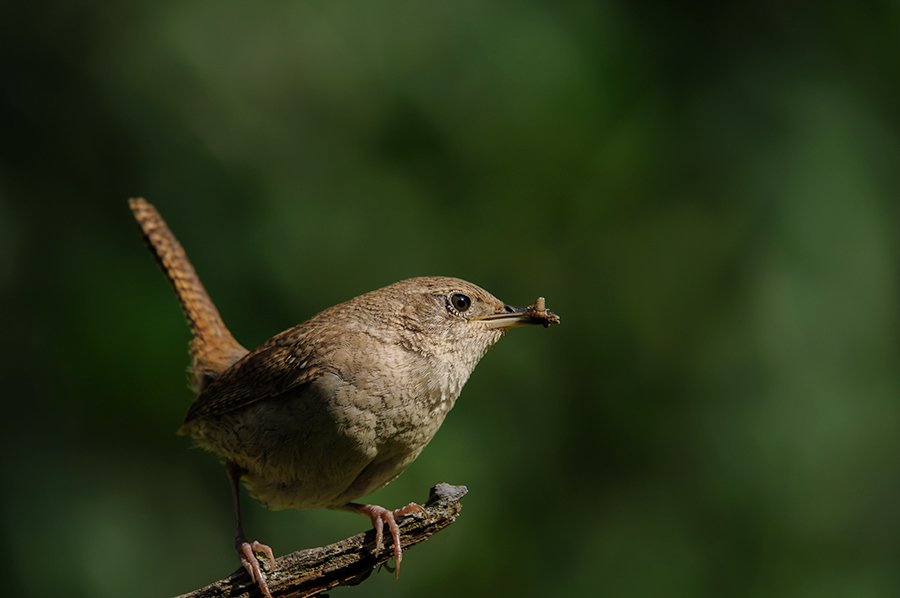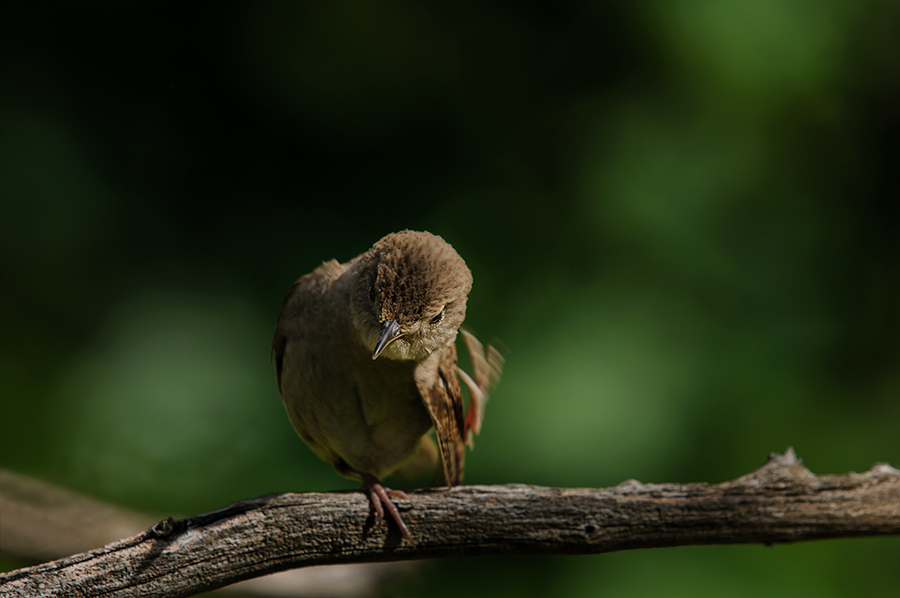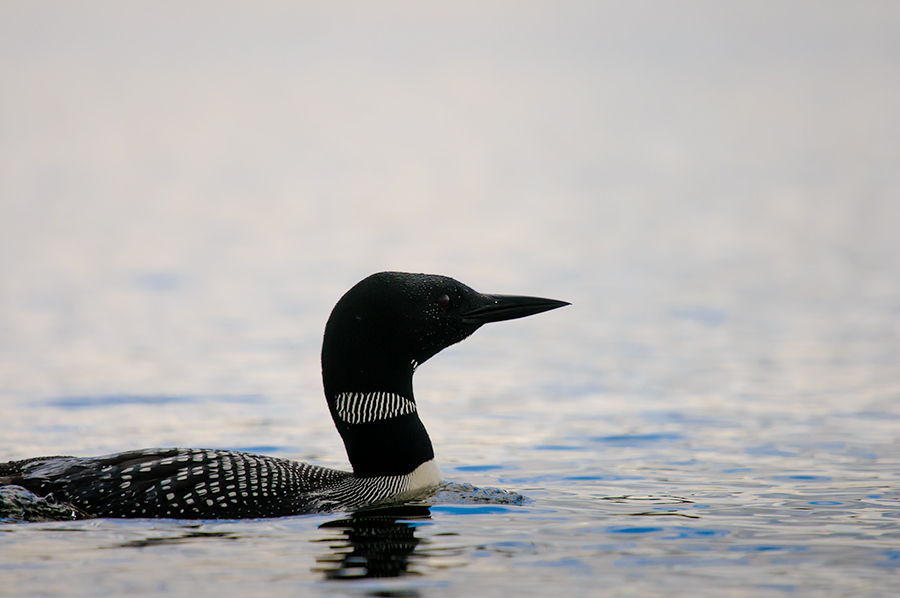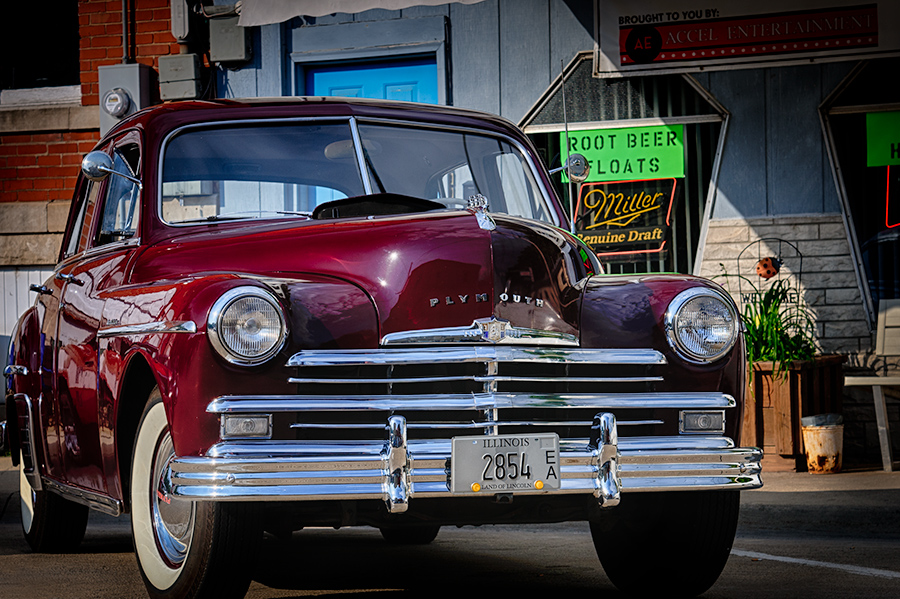
What have wildlife photography and shooting at a car show in common? Well, I don't really know but in both instances dealing with background issues would be on top of my list. But let me start with the event first. During the summer the owners of vintage cars meet ones a week over in East Dubuque across the Mississippi to show their cars and socialize with their friends and other car enthusiasts. The road going through the little downtown area is blocked for any other traffic and the cars are lined up on both sides of the street.
I have been there before and always wander slowly along the cars, look for the light, and for cars that are parked in front of buildings that make for a more natural setting and background. Quite often the car owners sit in their lawn chairs right behind the cars and this is usually a NO-NO for me. If the sun is out, the West side of the road is almost completely in the shade of the buildings and this is usually my preferred side to look for car details. For understandable reasons this is also the side where most people sit behind their cars.
All of the cars displayed in East Dubuque have probably been photographed to death and I'm sure many pictures are technically perfect and good for any catalog, book, or brochure about vintage cars. That's good, because I don't have to walk in the same foot steps and ad another technically perfect image to the bunch out there ;-) .
Seriously, I thought giving the image of this old Plymouth a little bit of a vintage look would be worth the effort. I used NIK HDR Efex Pro 2 to produce a high dynamic range image, made from four exposures. As always with HDR images I'm staying on the more subtle side, keeping in mind the vintage look. The image got finished with a slight vignette and the usual spot cleaning and sharpening. I hope you like it. I may show a couple more sometimes soon, so please stay tuned...





